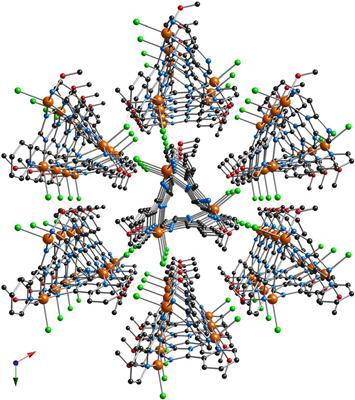By Kalwinder KaurMay 14 2012
Researchers have developed a new method to produce more accurate and versatile molecular sensors. The study was done by researchers Mónica Giménez Márquez, Guillermo Mínguez and Eugenio Coronado at the Molecular Science Institute in the Universitat de València in Parc Científic.
 Non-porous material
Non-porous material
They have discovered a method of introducing gas molecules into non-porous materials, which will enable them to perform similar to molecular sensors. The method also introduces magnetic response capability, which is a new feature for such crystalline materials.
External stimuli such as light, temperature or pressure affect intelligent materials causing a modification in their properties, allowing them to function as sensors. Researchers have designed metal-organic porous materials, which carry gas molecules in their pores.
Porosity and magnetism are opposite properties. Porosity needs organic spacers for separating the metallic centers and creating pores. Magnetism, on the other hand, requires the metallic centers to be close to each other. Presence of pores will be a deterrent as the closeness of the metallic centers is necessary for triggering an interaction. These factors have prevented the application of magnetic materials for development of molecular sensors.
The study is a doctoral thesis by Mónica Giménez Márquez, which was supervised by the other two researchers. Through this study, the researchers have proved the possibility of using chemical stimulus to modulate magnetic properties when pores are not present. This will prevent issues relating to combination of gas absorption and magnetism.
The study was published in Nature Communications.
Disclaimer: The views expressed here are those of the author expressed in their private capacity and do not necessarily represent the views of AZoM.com Limited T/A AZoNetwork the owner and operator of this website. This disclaimer forms part of the Terms and conditions of use of this website.